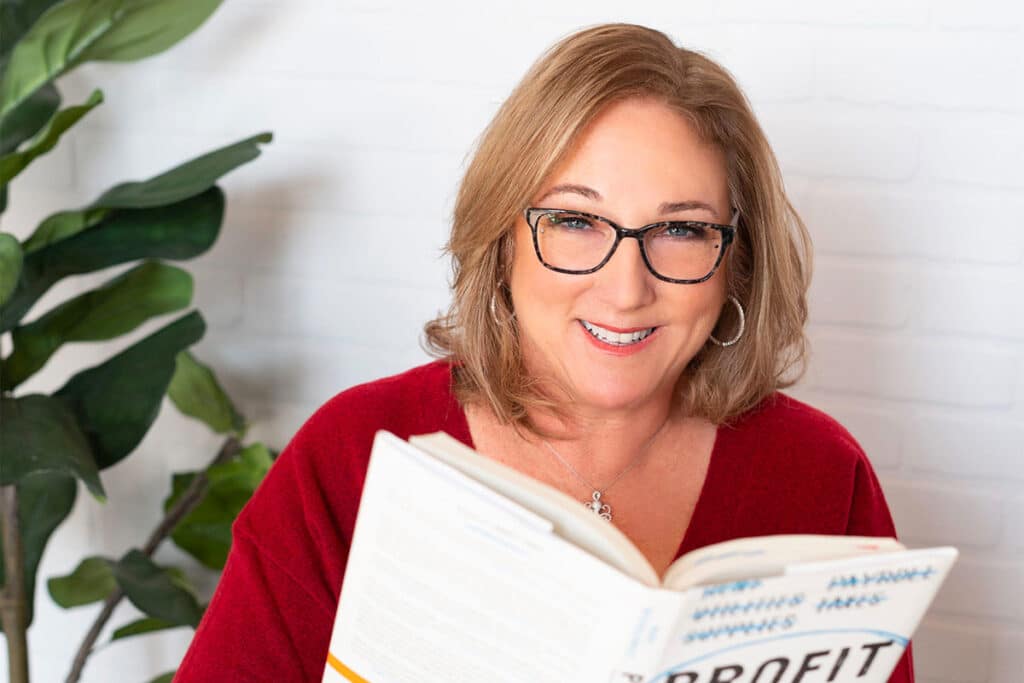What I learned at Oregon Pinot Camp
Pinot Noir is a well-traveled grape. Most of its history and pedigree are deeply rooted in France. It is used to make the beautiful red wines of Burgundy and is also one of the three grapes that are allowed to create Champagne. Because of China’s high demand for these phenomenal French wines, the price of Champagne and Burgundies has increased over the last few years, and it has become harder and harder to find great deals. Since the movie Sideways was released, the number of pinot noir plantings has significantly increased around the world. This has allowed me and many of my fellow pinot fans to continue to drink great wines and not have to cash out our 401(k)s to do so. California, Chile, New Zealand and Italy are turning out some highly sought-after pinot noirs, but this story is about how Oregon marked its place on the pinot map.
In the late 1960s and early ‘70s a few pioneers migrated from California up to Oregon to become winemakers. At this time pinot had not established itself as the best grape to grow, so it was like the Wild West once again. Cabernet, merlot, müller-thurgau and grüner veltliner were being planted and quickly removed, as everyone was trying to make sellable wines. One of the characteristics that separated the growers in Oregon from other regions is that they had much more of a collaborative approach. Everyone shared their mistakes and successes so that they would all quickly make up for their lack of experience. As they were realizing that the pinot noir grape was ideal for the soil and climate of the Willamette Valley, it wasn’t until 1979 that it secured its place in history. That year at an international wine event in Paris David Lett went from obscurity to international fame when his 1975 Eyrie Vineyards South Block Reserve placed in the top 10 for pinot noirs. This was a huge shock for many Burgundy winemakers as well as industry experts. In 1985 another competition in New York focused on Oregon pinot noir and Burgundy. The result was that Oregon winemakers were awarded the top five spots. At that point no one could deny that those pioneers of the 1970s had become world-class winemakers.
In 1988 Robert Drouhin declared that there are only two places in the world where he would grow pinot noir — his renowned property in Burgundy and his newly acquired land in the Dundee Hills of Oregon. The floodgates opened then, and a large number of wineries opened up in the Willamette Valley over the next several years. Just recently another prominent Burgundy producer, Maison Louis Jadot, has purchased property in the Willamette Valley, as did the Kendall-Jackson family, putting Oregon at over 400 wineries. While investors and large wineries are buying property, there is still the strong presence of those original families who started this movement. In fact, most of those pioneers have handed over the reins to their children, who have been promoted from sweepers and box makers to CEOs and winemakers. Luisa and Maria Ponzi, Alex and Alison Sokol Blosser and Jesse Lange are all part of the second generation that is continuing the movement into the future while instilling the history and memories that made their parents’ wines so great.
I was very lucky this year to be invited to Oregon Pinot Camp (OPC), a three-day workshop created in 2000, where 300 individuals from the industry are selected to participate. While there were some incredible wines being poured and some stellar food being served, we also attended classes that covered a variety of topics including:
• Farming for Quality is where we got hands-on experience on how vineyard managers interact with the vineyards and the day-to-day decisions that are made to grow healthy and strong vines.
• Soil into Wine showed us all the different soil types in the Willamette Valley and the differences in the final product with each type of soil.
• The Multiple Personalities of Oregon Pinot Noir was a fascinating look at the wide range of pinot noir that can be produced.
• Winemaking Deconstructed pulled the curtain back on the mystery and nuances of making wine from one of the most particular and difficult grapes in the world.
• Hunting the Great White was a fresh look at how some wineries are making complex and dynamic pinot gris, chardonnays and rieslings that are finally getting the respect that they deserve.
Alison Sokol Blosser was asked what she had hoped we would take away from Pinot Camp, and her response was “to continue to grow the awareness of Oregon wines.” She asked only that there was at least one Oregon wine on our restaurant wine lists or on our store shelves. That one statement was the common denominator of the entire event.
Every winery that participates in OPC knows that for Oregon to expand it has to grow as a community, not as individuals. This was their parents’ dream and is what continues to make Oregon wines so special.
Jeff Degner, CSW, is a certified sommelier, Court of Master Sommeliers.




